Have you ever tried borscht?
Borscht is a soup dish widely eaten throughout Eastern Europe.
It takes on various forms depending on the season and climate, and is especially enjoyed during the coming autumn season.
This time, we'll introduce the history of borscht, how to make it, and the regional varieties!
TasteTune introduces diverse cuisines from around the world and also delivers music that expresses those dishes.
Available on various subscription services like YouTube and Spotify, so enjoy it along with this article.
What is borscht?
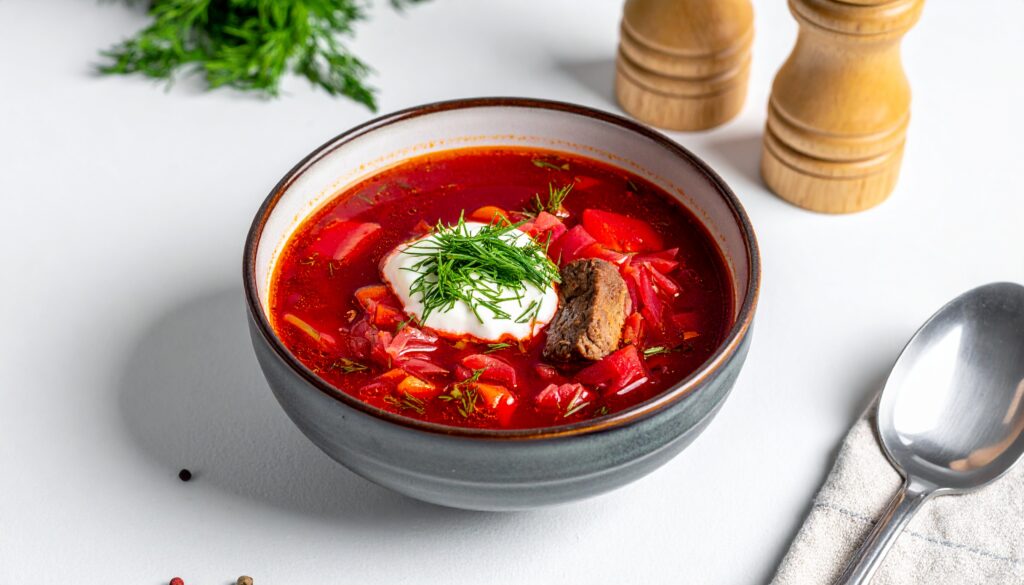
To reiterate, borscht is a soup dish widely eaten primarily in Eastern Europe, including Ukraine, Russia, and Belarus.
Using ingredients like beets, carrots, meat, and spices, you can draw out a variety of flavors such as acidity, sweetness, and_ richness.
From the start of autumn, vegetables and other ingredients reach their peak season, making them even more delicious to eat.
Moreover, as the season gradually grows colder, warm soup is also preferred for that reason.
However, you can also enjoy it as a cold soup even on warm summer days or at lunchtime.
In other words, you could say it's a versatile dish you can eat anytime.
And perhaps the most defining characteristic of borscht is its variety.
Ukraine, often considered the homeland of this soup, has many variations of borscht.
It is also widely enjoyed in countries surrounding Ukraine, and numerous additional variations exist.
This article will delve deeper into these topics as well, so if you're interested, please stick with us until the end!
TasteTune「Borscht」
Everyone, have you heard Tastetune's song “Borscht”?
This piece, inspired by borscht, is a musical work that expresses a gentle, heartwarming melody like the steam rising from a wooden bowl on a freezing night.
Reflecting the folk music traditions of Russia and Ukraine, the sounds of instruments like the balalaika, accordion, and bandura are gently woven into the harmony.
Please give it a listen!
Below, we introduce the thoughts, expressions, and creative approaches embodied in this musical work.
A world of sound reflecting rich flavor and tradition
At the heart of this piece are the sounds representing the warmth of borscht and Eastern European traditions.
The clear resonance of the balalaika, the nostalgic tones of the accordion, and the delicate, gentle sound of the bandura.
Each instrument plays its part like ingredients in borscht, rendering the faint sweetness of beets, the earthy simplicity of vegetables, and the deep richness of beef through sound.
Vibrant hues: The musical accents of herbs and seasonings
The composition also expresses flavor accents like the freshness of dill, the boldness of garlic, and the creaminess of sour cream.
It adds a bright light to music, just as a spoonful of color brightens a dish.
Listeners will naturally perceive the complex, profound flavors of borscht through these subtle tonal accents.
A composition representing harsh winter and warm gatherings
At the beginning of the song (verse A), a crisp atmosphere pervades, evoking the quiet, close-knit village life nestled within a snowy landscape.
This represents the strength of people who survive harsh nature and the way they support each other.
And in the climax (the chorus), the music suddenly expands warmly, creating a bright sound reminiscent of family and friends gathered around the dinner table.
Just as if sharing borscht together while laughing, the sounds overlap and warmth spreads.
The Story of Borscht Tasted Through Sound
This piece is not merely background music; it is a work designed to let you experience the “depth,” “tradition,” and “people's joy” of the dish borscht through sound.
If you listen closely, you'll picture a warm table glowing in the cold, and a time that fills your heart.
Please surrender yourself to this journey of sound and savor the world of borscht to your heart's content.
The History of Borscht
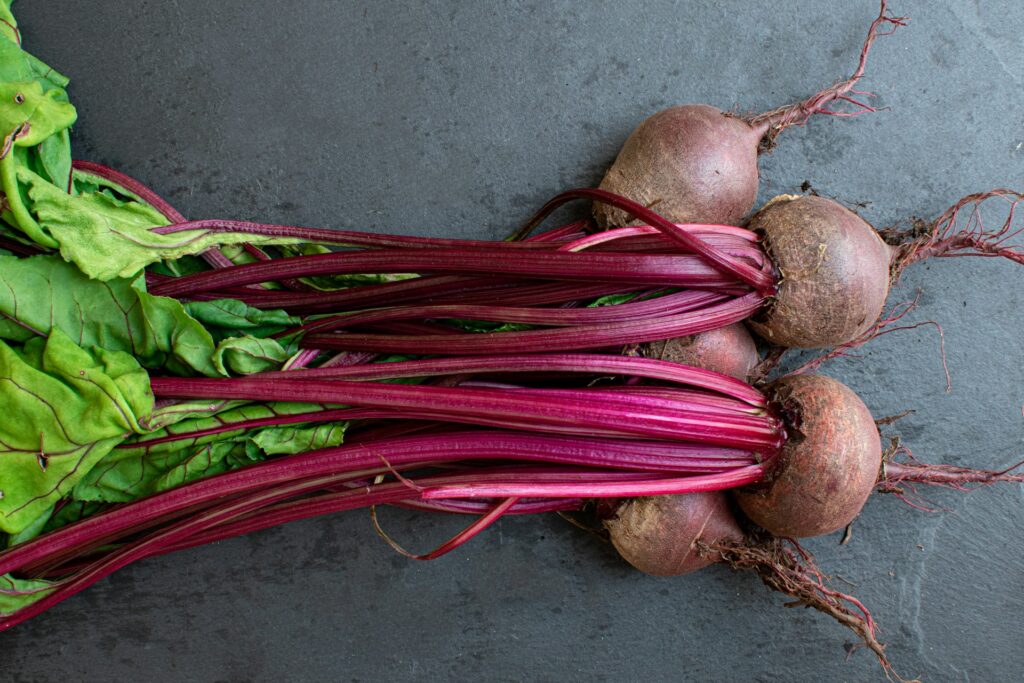
Early borscht is believed to have been made in Ukraine around the 5th to 9th centuries.
The word borscht derives from the Slavic bъ̃rščь(spelled borscht in English), which originally referred to “wild herbs.”
The prototype of borscht is said to be a sour soup based on a fermented liquid made from the leaves and stems of a wild plant called horsetail, rather than beets (especially their roots).
After that, beets began to be used as they are today only after the 16th century.
At this time, beet cultivation became widespread, and “red borscht” made with sweet, strong red roots gained popularity.
Through this red borscht, various regional variations emerged throughout the medieval and early modern periods.
Moreover, as time passes, its position will also change.
In the early days, it was often regarded as “food for the common people” or “food from the countryside and rural areas.”
However, it gradually spread to urban areas and affluent households, becoming an important part of the food culture.
In recent years, UNESCO has officially accelerated recognition of borscht as cultural heritage, including by inscribing “The Culture of Making Borscht in Ukraine” on its list of Intangible Cultural Heritage in Need of Urgent Safeguarding.
Variations on Borscht
There are many variations of borscht.
Flavors, ingredients, and cooking methods vary significantly depending on the country, region, season, and ingredients used.
This section introduces some of the most representative examples!
Red Borscht (Classic Ukrainian Borscht)
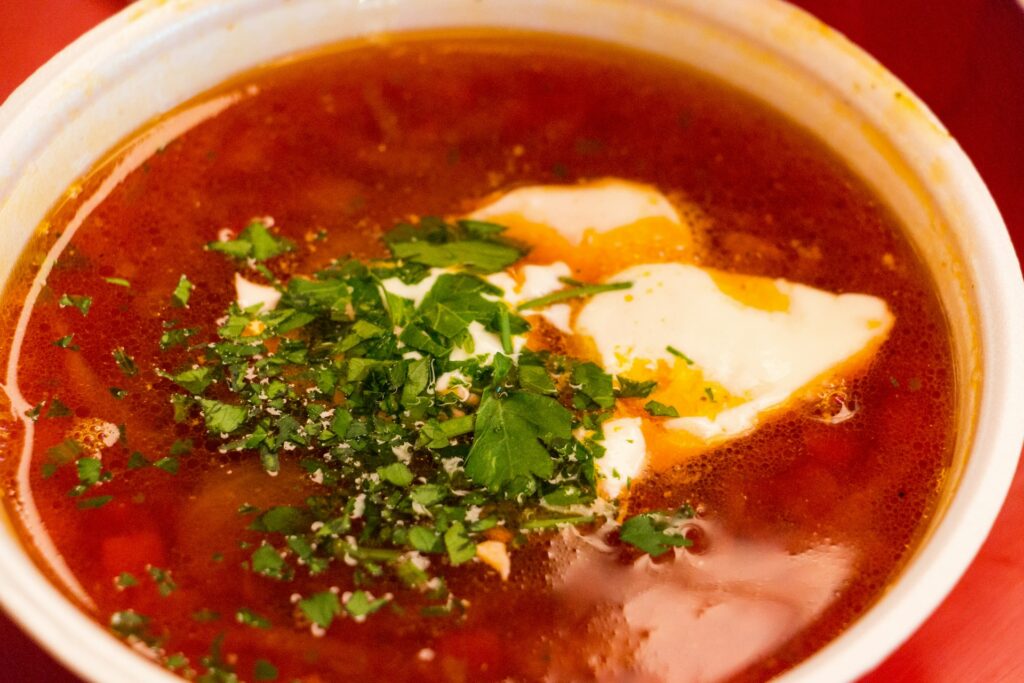
It is eaten throughout the East, primarily in Ukraine.
Beets are the main ingredient, with plenty of cabbage, potatoes, carrots, and onions.
Meat includes beef and pork, and sometimes lamb is used as well.
The umami from beets, combined with the savory depth from vegetables and meat, along with the enhanced acidity from tomatoes and vinegar, creates a rich, hearty soup.
This is a highly satisfying and well-balanced variation.
It is also often served warm.
White Borscht (Barszcz Biały / Żurek)
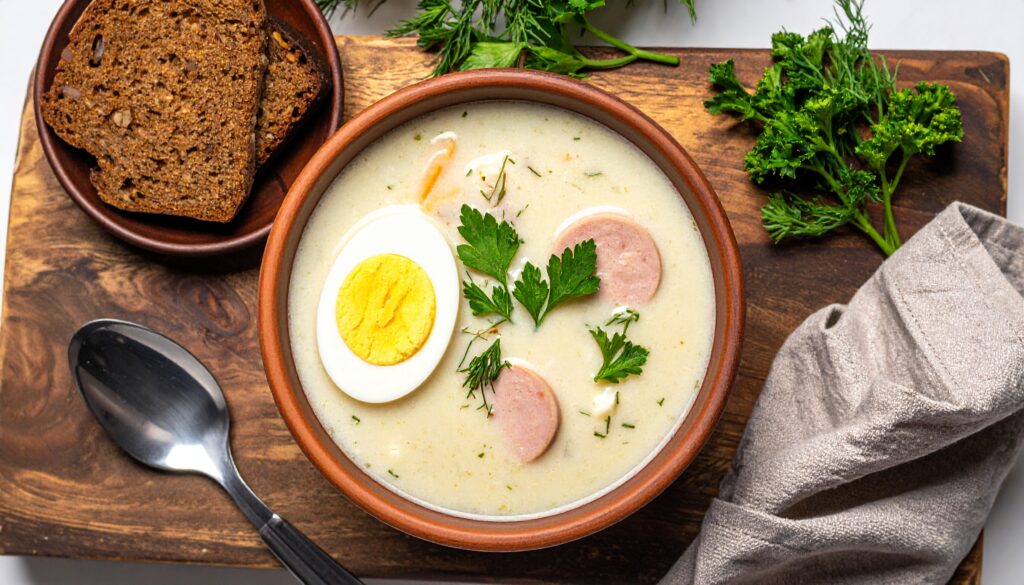
It is mainly eaten in Poland.
Instead of beets, use fermented rye flour (or souring agents derived from oats or rye) or sauerkraut and sour cream.
Sausage, bacon, and boiled eggs are commonly used, and it is often made for special occasions such as Easter.
The color is whitish, with a tangy acidity yet also a richness reminiscent of meat or dairy products, along with a hint of savory aroma and saltiness.
And you can enjoy a light and refreshing taste that's different from the red variety with beets.
Cold Borscht (Šaltibarščiai / Chłodnik / Bortsch Froid)
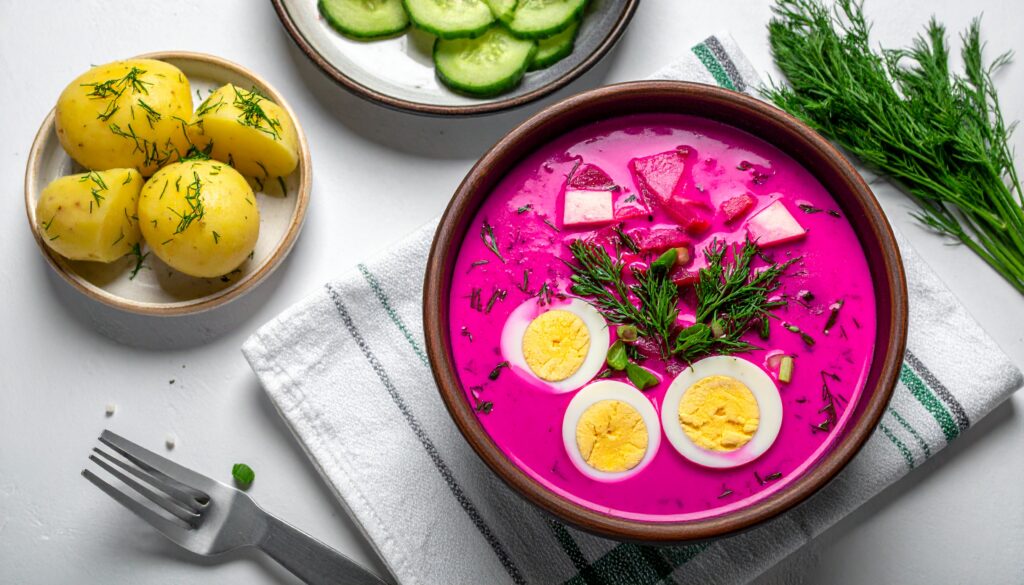
It is eaten in the Baltic states, Poland, Belarus, and other countries.
The characteristic cooking method involves boiling or preparing the beets in advance and then chilling them.
Add cucumbers, herbs, and dairy products (such as kefir, sour milk, yogurt, etc.).
Boiled potatoes may be served alongside, and this dish is especially popular during hot seasons.
It features a refreshing, balanced blend of mild acidity and sweetness.
In contrast to the hot soup, the vegetables' freshness stands out with their coolness.
Green Borscht / Sorrel Borscht
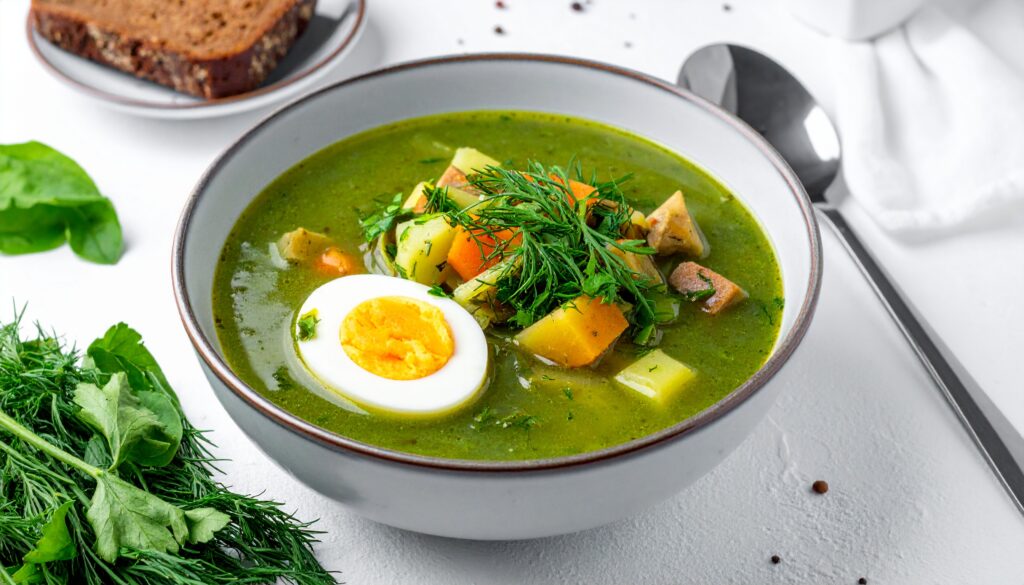
It is eaten in Ukraine, Russia, Poland, and other countries.
Use tart leafy greens like violets and sorrel, along with spinach and_ other spring wild greens.
The amount of beets used varies—sometimes a little is added, sometimes none at all.
We make broth from vegetables and meat, and use boiled eggs as a topping.
It is also often served with sour cream.
Enjoy its refreshing acidity and_ vegetable-like flavor.
This is best enjoyed from spring through early summer.
How to Make Borscht
Finally, here's how to make borscht!
This time, we'll cover how to make classic red borscht.
Ingredients (Serves 6–8)
- Beef (bone-in or stewing cut) … 600–800g
- Water … approximately 2.5 liters (for soup)
- Beets … 3 medium (approx. 400–500g)
- Cabbage … 1/2 head (approx. 400g)
- Potatoes … 2–3 medium (about 300g)
- Onion … 1
- Carrots … 1–2
- Tomato paste … 2 to 3 tablespoons (or 1 to 2 tomatoes, grated)
- Garlic … 2–3 cloves
- Vinegar (or lemon juice) … 1 to 2 tablespoons
- Sugar … 1 teaspoon (to adjust tartness, to taste)
- Salt ... appropriate amount
- Black pepper ... appropriate amount
- Bay leaves … 1–2 leaves
- Dill (fresh) … to taste (for finishing)
- Sour cream … as needed (for serving)
- Salad oil or butter … 2 to 3 tablespoons (for sautéing)
How to make them
- Make soup
Place water (about 2.5 liters), beef, and bay leaves in a large pot and bring to a boil over medium heat. Once boiling, skim off any scum, reduce heat to low, and simmer for about 1 hour to make the broth.
(Cut the meat into bite-sized pieces later and return it to the pot.) - Prepare the vegetables
・Beets … Peel and slice thinly or cut into matchstick-sized pieces
・Cabbage … shredded
・Potatoes … diced
・Onion … Finely chopped or thinly sliced
・Carrot … julienned
・Garlic … minced - Make stir-fried vegetables
Heat oil (2-3 tablespoons) in a frying pan and sauté the onion and carrot. Once softened, add the beets and continue sautéing. Stir in the tomato paste and mix well. To balance the acidity and sweetness, add vinegar (1-2 tablespoons) and sugar (1 teaspoon). - Add vegetables to the soup
Place the potatoes in a pot of soup and simmer for about 10 minutes until tender.
Next, add the cabbage, then add the sautéed vegetables (beets, onions, carrots). - Finishing
Cut the meat into bite-sized pieces and return them to the pot.
Add garlic and season with salt and pepper.
Simmer over low heat for an additional 10 to 15 minutes to allow the flavors to meld together. - Presentation
Spoon into bowls, top with sour cream, and sprinkle with chopped dill to finish.
Serve with rye bread for an authentic feel.
Points
- Adjust the acidity by varying the amount of vinegar (add a little at a time to avoid making it too sour).
- The flavor settles the next day and becomes even more delicious.
- You can substitute beef with pork, or make it vegetarian-style without meat.
Summary
How was it?
This time, we introduced borscht, a dish widely enjoyed throughout Eastern Europe!
Not only can it be enjoyed as a seasonal delicacy in the coming autumn months, but its versatility as a cold soup even in warmer seasons was a major feature of this dish.
Why not find your favorite borscht to suit the season or occasion?
In Japan, it seems you can find it at quite a variety of places, including Russian and Ukrainian restaurants and soup specialty shops.
Of course, making it at home is totally fine!
Serve it up as a delicious addition to your dinner!
I'd be delighted if reading this article sparked even a little interest in this dish.
Thank you for staying with us until the very end!

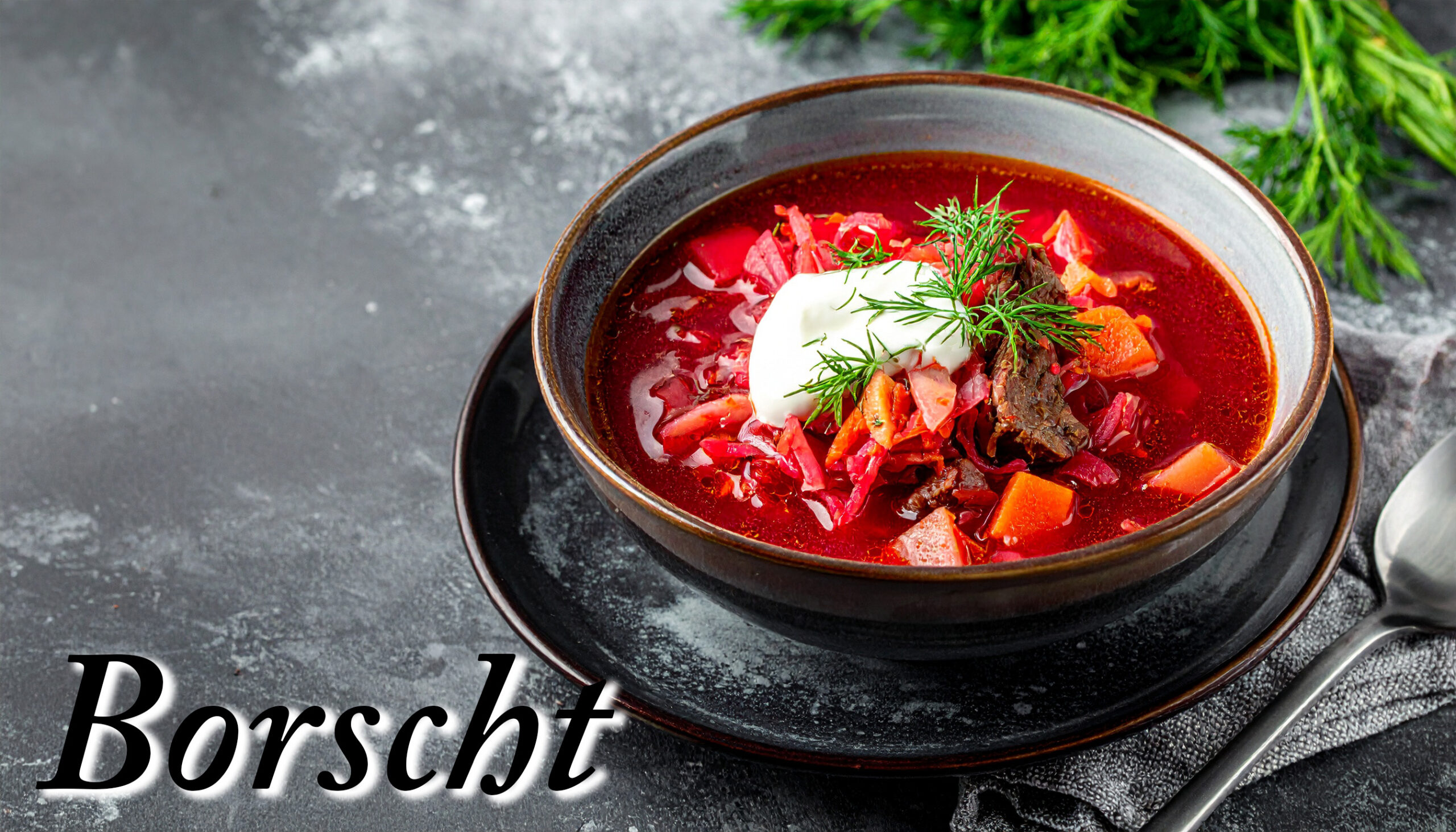


Comment